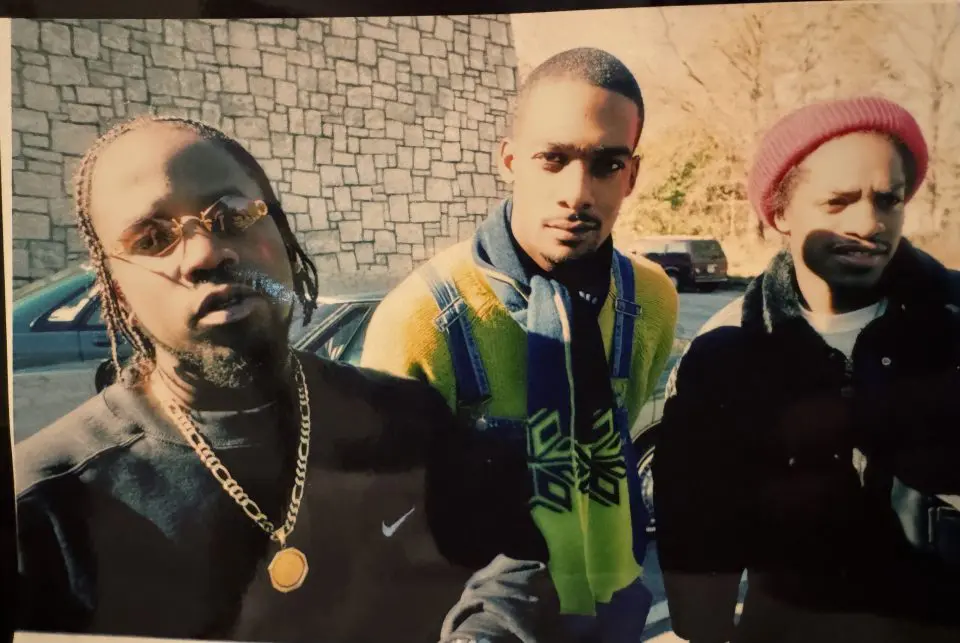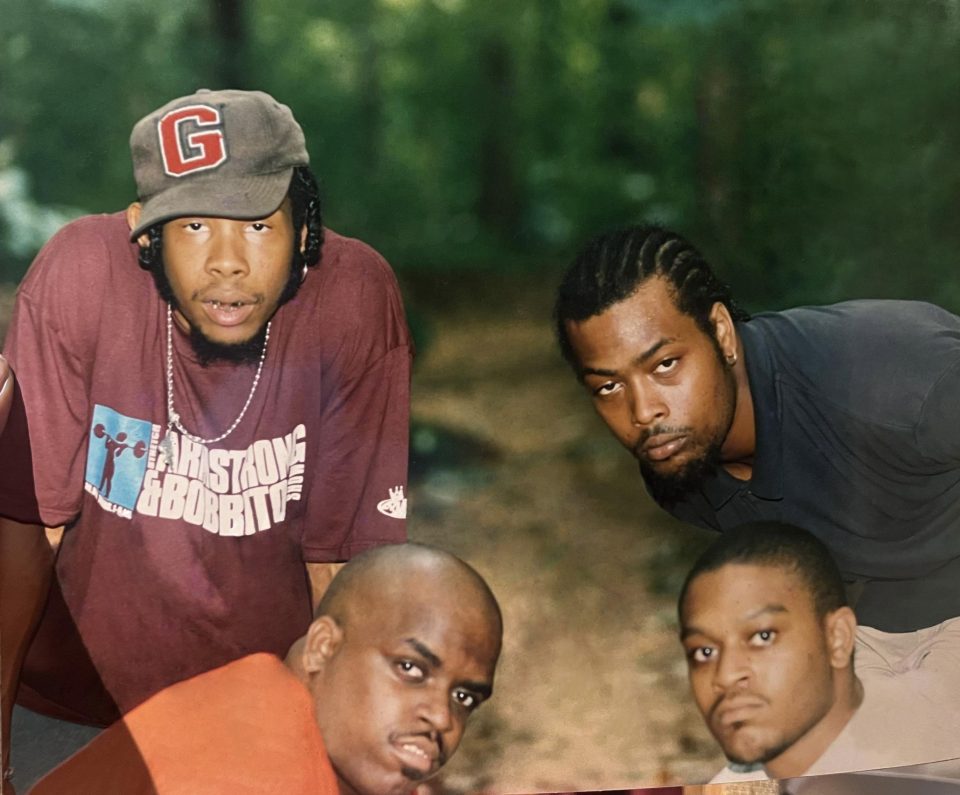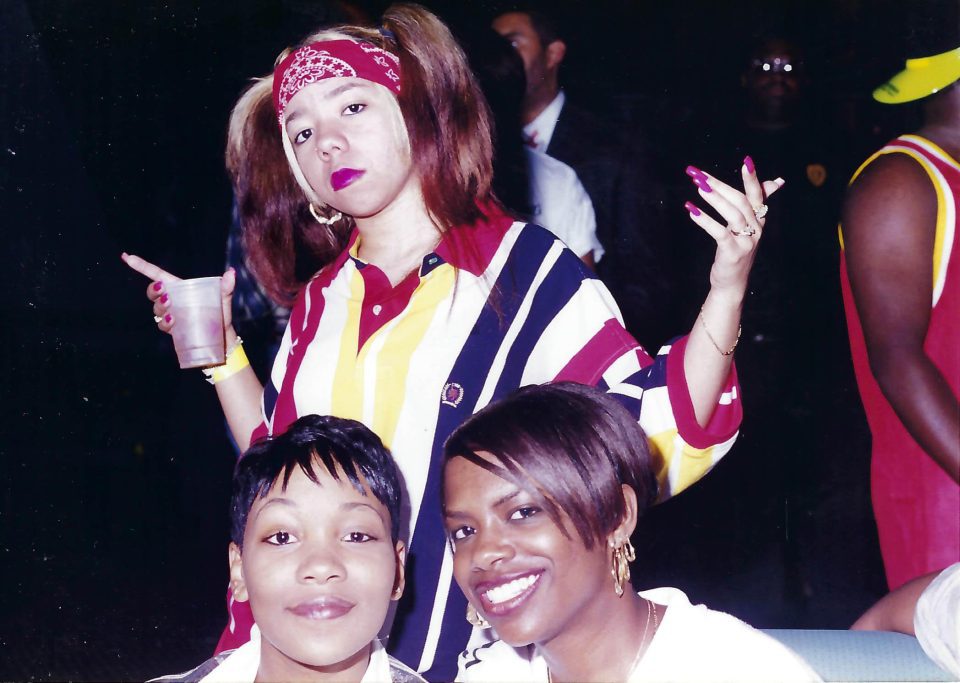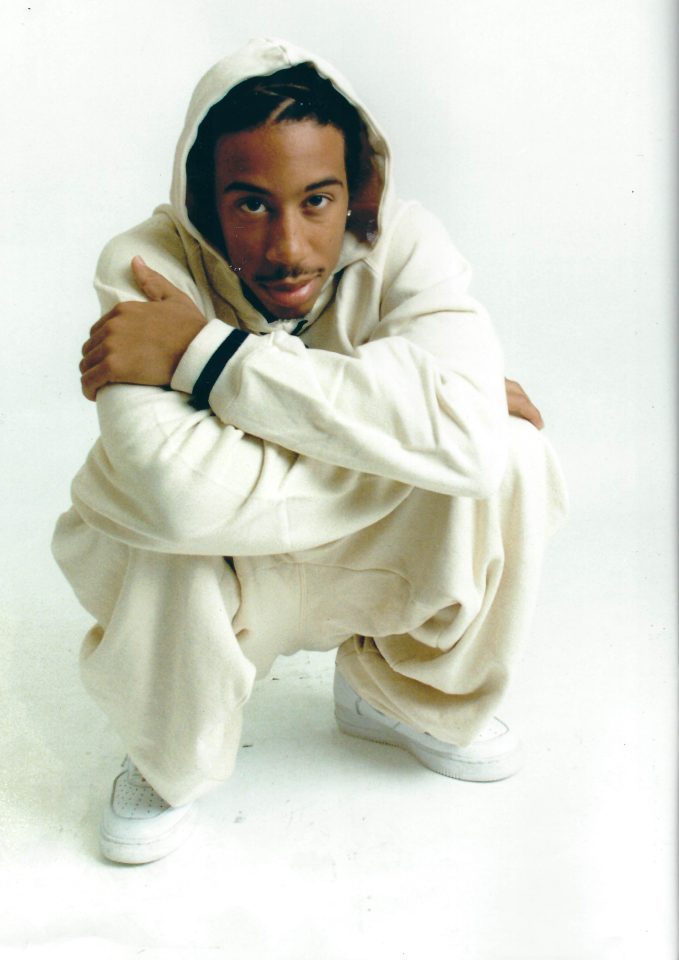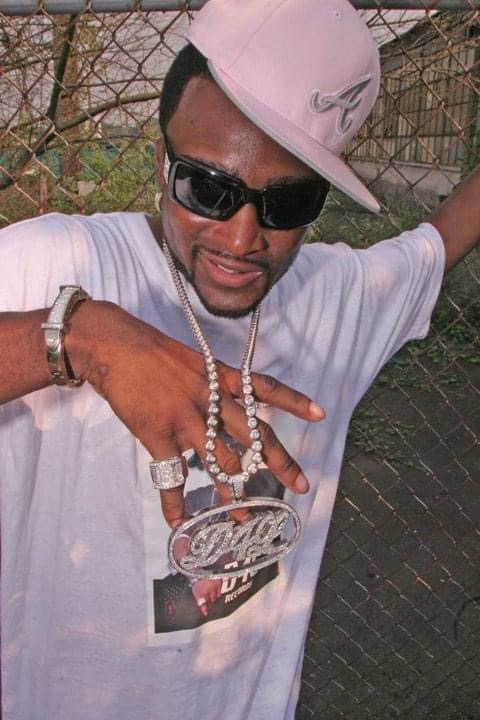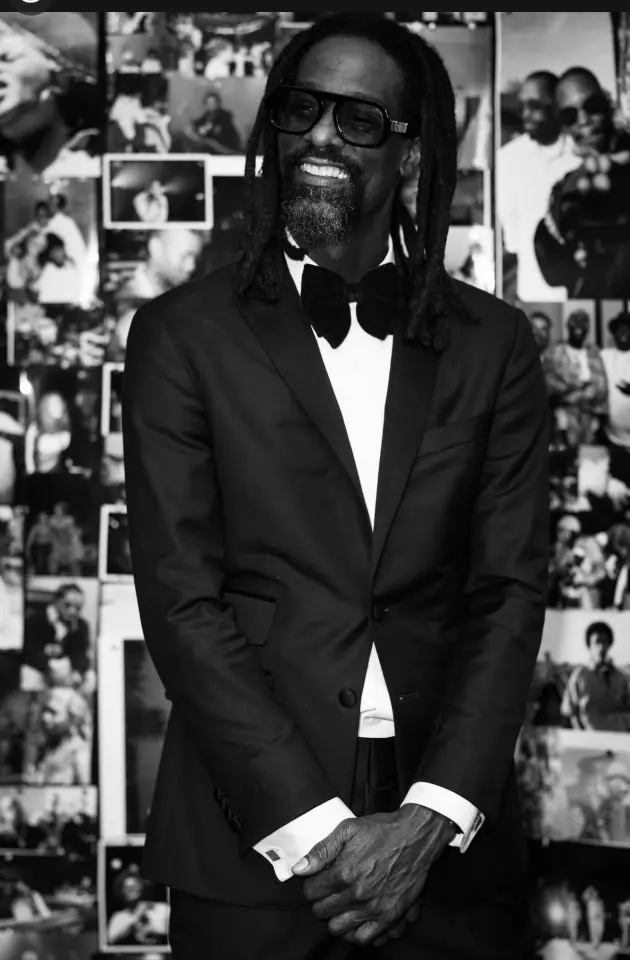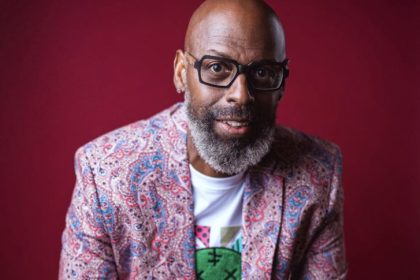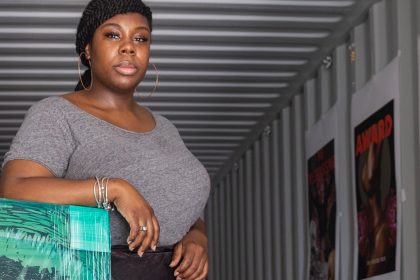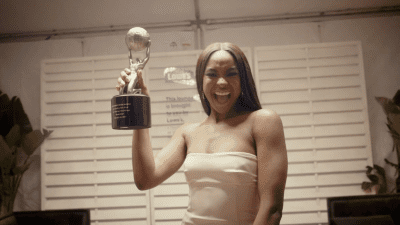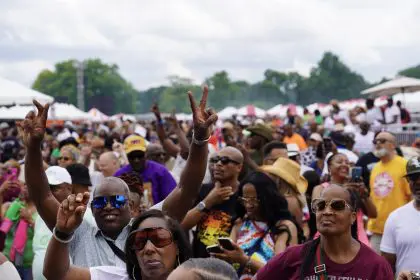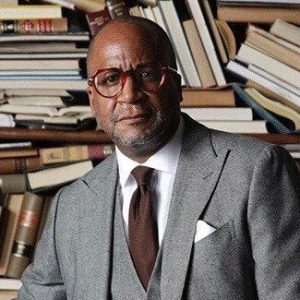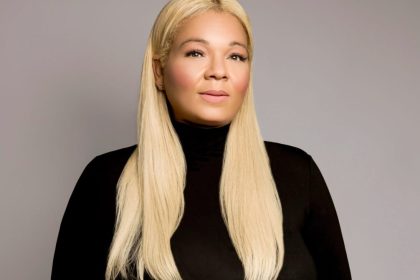In the early ’90s, on Atlanta’s Peach Street, a young Shannon McCollum discovered his calling. Though he’d grown up with a darkroom in his West End home, watching his father develop photos for the Atlanta Journal-Constitution, it wasn’t until he saw a fellow student’s photography-covered walls that the spark ignited. “I immediately ran home,” McCollum recalls. “I said, ‘Dad, I need a camera.'”
That moment would launch a career spanning over three decades, documenting Atlanta’s meteoric rise from regional hip-hop hub to cultural powerhouse. But McCollum’s story isn’t just about being in the right place at the right time—it’s about inheritance, intention, and the art of seeing beauty in Black culture.
As one of only three Black photographers at the AJC during his tenure, McCollum’s father had already carved out a remarkable path. “My pops a humble cat,” McCollum says, “but to see him work…” He trails off, remembering Sunday mornings spent eagerly searching the newspaper for his father’s latest shots. The elder McCollum had shot Michael Jordan’s rookie year when he still had hair and wore the first Jordans, captured countless Hawks games, and printed images of Dominique that adorned their home walls—treasures that young Shannon would proudly show off at school.
Armed with professional equipment and unlimited film access thanks to his father’s position, McCollum hit the ground running. “I started off with the Canon and the L series lens that was the Rolls Royce of lenses,” he recalls. “Immediately at 21, I started off with the Rolls Royce of lenses… I saw things very vivid.”
Atlanta’s rap scene was bubbling, ready to explode beyond the New York-LA axis that had dominated hip-hop. The Source wasn’t showing Atlanta love yet, but local publications like Rolling Out and Creative Loafing recognized the cultural shift happening in their backyard. McCollum’s lens captured future legends in their nascent stages: DJ Drama transitioning from soulful mixtapes to industry powerhouse, OutKast before their Rock and Roll Hall of Fame destiny, Ludacris when he was still “Chris Lover Lover” at Georgia State.
The hustle was real. “I knew the importance of visual,” McCollum says. His business acumen, inherited from watching his father, led to a clever strategy: “I might shoot for a publication and the publication is going to use one or two. I’ll go print six, seven, eight, nine, ten of them from the shoot that didn’t get used and go back sell them to the artists because they didn’t get the chance to see themselves other than what it was in the publication.”
“I study you,” McCollum says of his approach to photography. “I study how you laugh. I study how you hold your hands when you talk. I study how your profile is when you turn your head.” This attention to detail, combined with the stealth and professionalism inherited from his father, made him the photographer of choice for countless artists, celebrities, and cultural moments.
This methodical approach has led to some extraordinary moments. At George Lopez’s house, McCollum found himself in an intimate setting with Eddie Murphy. “Man, you’ll never be in the room with Eddie Murphy again, probably,” he told himself. “Get the shot.” The resulting photograph of Eddie and his late brother Charlie Murphy, captured in a moment of brotherly joy, became a treasured image for the family after Charlie’s passing.
His recent exhibition, “Forever I Love Atlanta,” transformed the historic Callan-Walde House into a time capsule of the city’s cultural evolution. The preparation was intense—seven months of working with a young curator who spent countless nights until 4 or 5 a.m., scanning negatives and CDs, discovering forgotten treasures. “I spent so much money on this show because I wanted so many pictures to be in there,” McCollum admits. “I can’t not put this in there.”
The show featured over 50 framed images and a 200-picture collage wall, drawing visitors from across the Southeast who came to revisit their own histories through McCollum’s lens. “I know how much I love Atlanta,” he reflects, “but then you get a sense of how many other people really love Atlanta as well.” The exhibition became a celebration of Atlanta’s cultural heritage, featuring images of young Usher, Monique, Monica, Escape, and Jermaine Dupri, among others.
Beyond the celebrity snapshots and concert photography, McCollum’s work carries a deeper purpose. “I want to show my people beautiful,” he says, citing Gordon Parks as an inspiration. Just the day before our interview, he’d visited the High Museum to view Parks’ work. “He honored us, man. He just showed us so beautiful. So, I hold that regard as well… I owe that as a human being, as a photojournalist, as a hip-hop photographer, as a lover of this format.”
This commitment to portraying Black excellence extends beyond music. Recently, he photographed a young Black tennis player who earned a scholarship to Alabama A&M. “Little Black girls need to see that,” he says, his voice carrying the same enthusiasm he had when shooting OutKast in their prime. “She’s got a scholarship. She’s smiling. She’s happy.”
McCollum’s camera has indeed taken him around the world, just as he dreamed in the ’90s. From touring with George Lopez to photographing Barack Obama in post-Katrina New Orleans, from documenting Delta Airlines’ global operations as their contracted photographer to capturing intimate family moments, his lens has been his passport. “These CEOs of Delta… they move just like rappers,” he observes, noting how his experience in hip-hop prepared him for corporate environments.
Now, as his son Lil Yachty carries forward Atlanta’s musical legacy, McCollum continues to document the city’s evolution, preserving moments that might otherwise slip through history’s fingers. His work stands as testament to Atlanta’s influence and the power of intentional documentation of Black culture.
“Photographs are timeless,” McCollum says. “They tell a story of what we were doing at that time.” Through his lens, those stories will endure, inspiring future generations to see the beauty in their community and the power in preserving their own narratives. As Atlanta continues to influence everything, as the saying goes, McCollum’s images ensure that the city’s golden era will never be forgotten.
